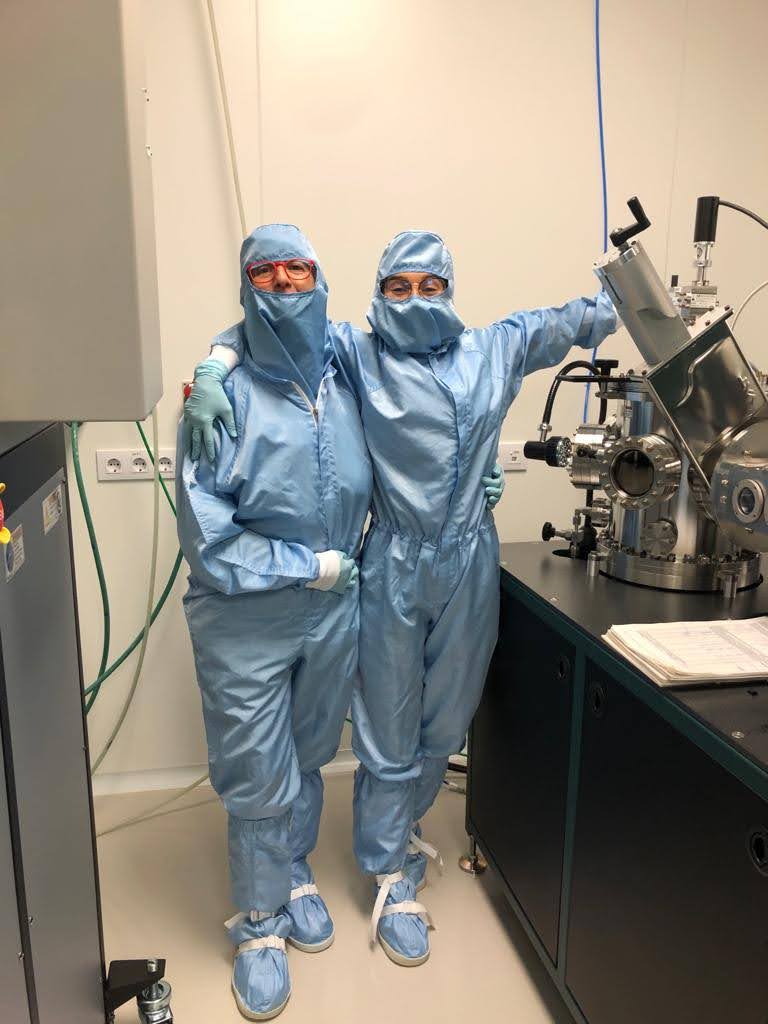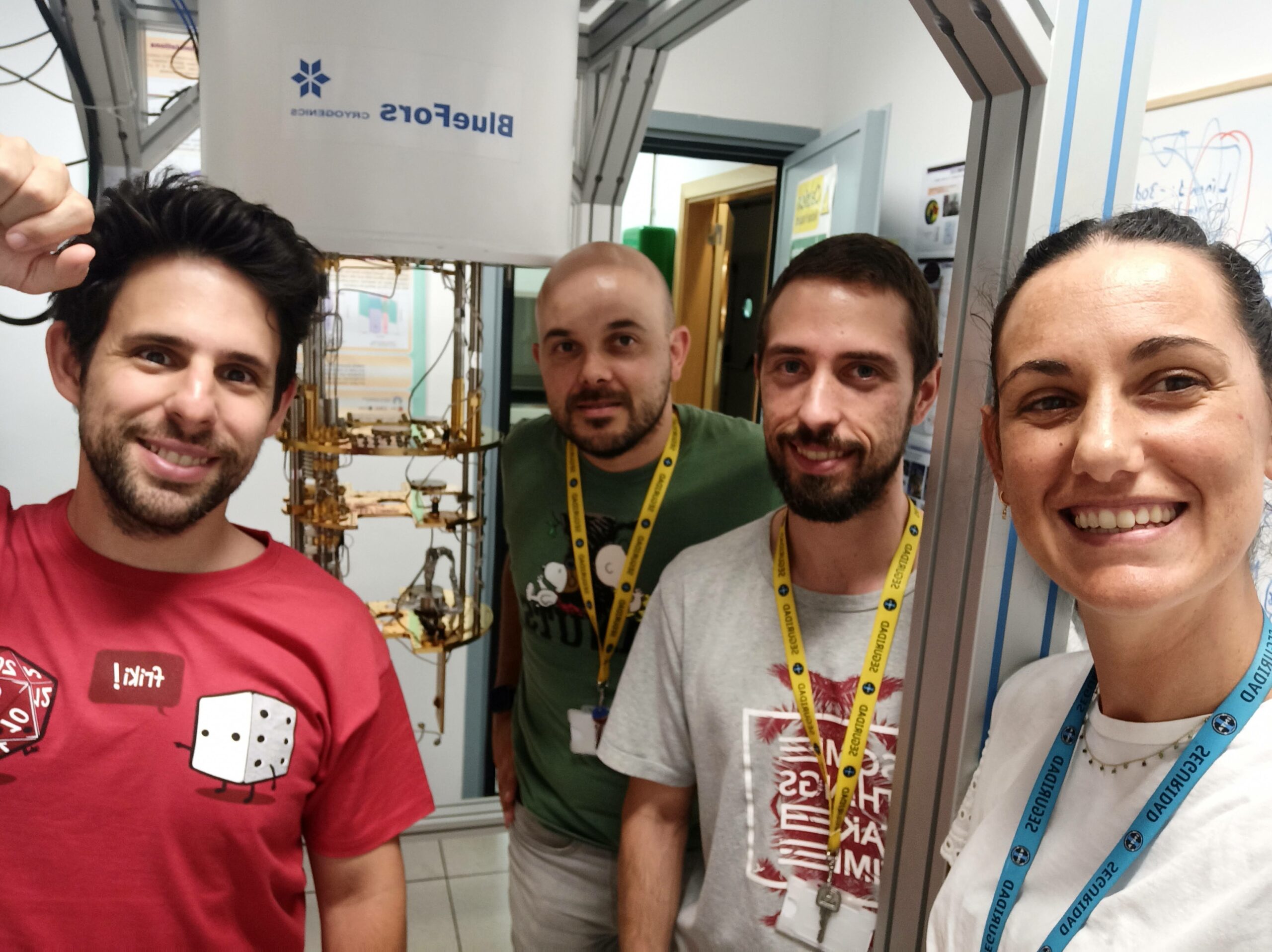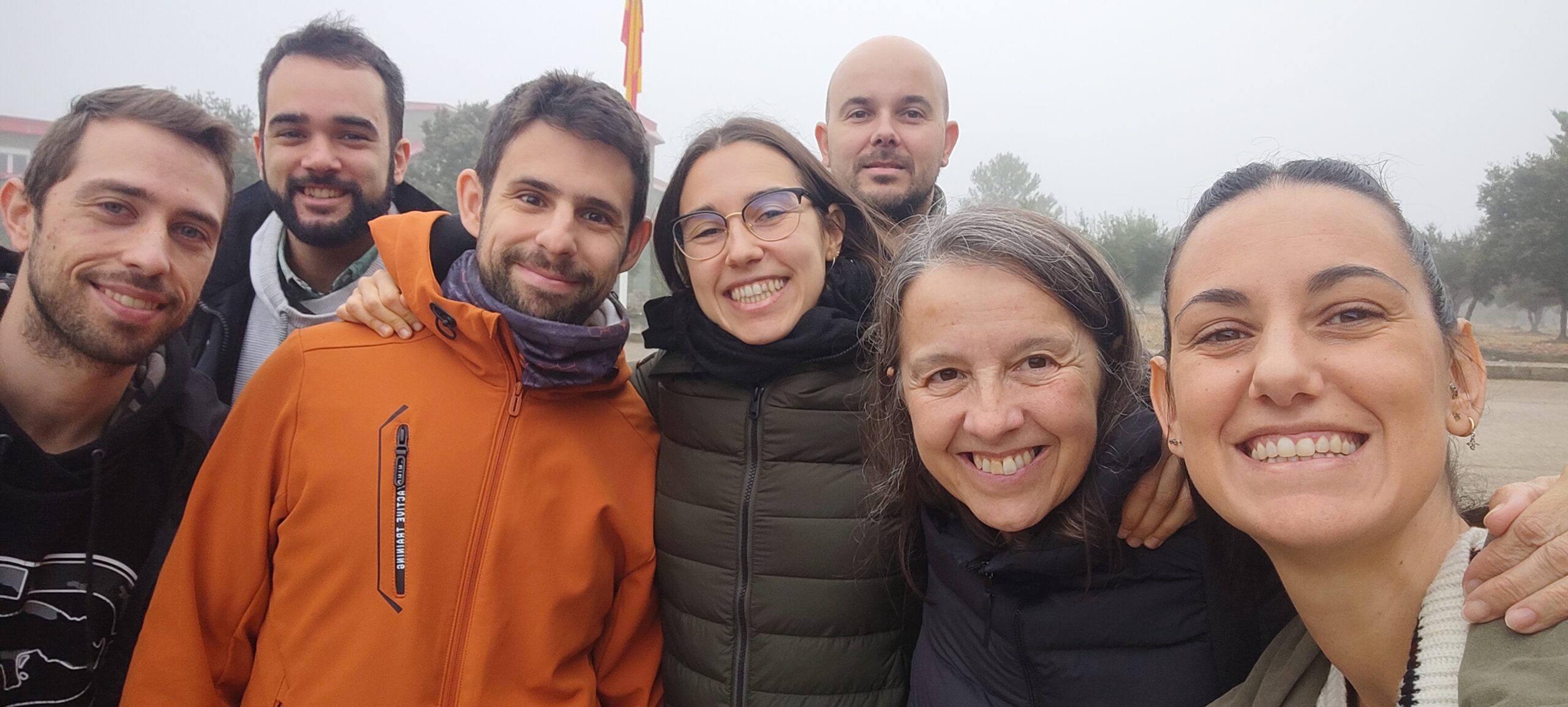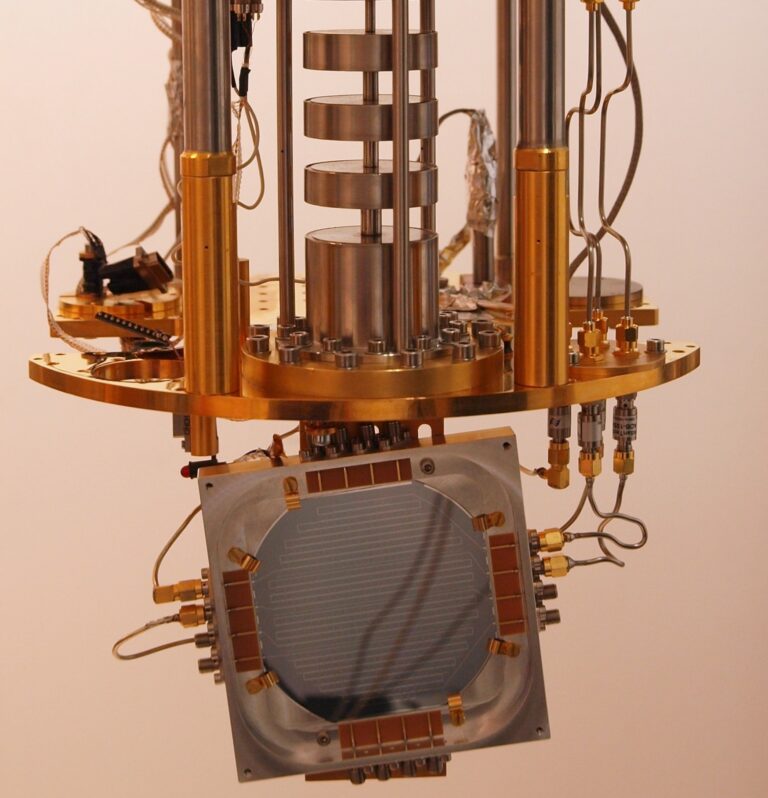IPs: Alicia Gómez Gutiérrez, Jesús Martin-Pintado
twitter: https://mobile.twitter.com/SuperTechCAB
SUPERCONDUCTING TECHNOLOGIES
Superconducting technologies are fundamental for a wide variety of future applications, ranging from state-of-the-art astronomical instrumentation for astronomical facilities to devices for quantum computation and single photon detectors based on superconducting nanowires. In recent years we have developed in collaboration with national institutions (IMDEA-Nanoscience, DICOM at U. Cantabria, Q-MAD in ICMA-CSIC and INM (CSIC)) the required skills and resources for the development of microwave superconducting technologies, covering the design, nanofabrication and low temperature (mK) electrical and optical characterization of large-format resonator arrays with more than 1000 elements.
ASTRONOMICAL INSTRUMENTATION: KINETIC INDUCTANCE DETECTORS
Within the microwave superconducting technologies, Kinetic Inductance Detectors (KIDs) are state-of-the-art radiation detectors for millimeter/submillimeter/far-infrared astronomical instrumentation. In the context of the KID technology for astrophysics applications, we have participated in the European project SPACEKIDS funded by the FP7 for the development of state of the art KIDs arrays for space missions and in the CORE mission proposal, submitted to the ESA M5 call. We are also a member of the NIKA2 and KISS collaborations lead by I. Néel-CNRS for the development of large-format cameras based on KIDs operating the in millimeter range to map the polarization of the dust emission and the Cosmic Microwave Background.

QUANTUM COMPUTING: SUPERCONDUCTING RESONATORS
Superconducting resonators have a huge potential for applications in quantum technologies. Based on our expertise in the development of superconducting detectors, we have combined microwave simulations with fine-tuned nanofabrication processes to develop optimized superconducting resonator arrays to be implemented in a proof-of-concept of large-scale molecular quantum processors. This type of systems, based on molecular spin qubits, are promising candidates as an alternative to the existing schemes based on superconducting qubits.

The team:



Former Members:
Patricia Prieto Vizán
Projects:
- SUPERconducting circuits for HYbrid QUantum Processing unit (SUPERHYQUP), Agencia Estatal de Investigación, Proyectos de Transición Ecológica y Transición Digital. PI: Jesús Martin-Pintado/ Alicia Gómez. 150 650 €, 01/12/2022-30/11/2024.
- FAult Tolerant MOLecular Spin processor (FATMOLS), H2020 FET-Open
- Development of Hybrid Graphene-Superconductor Detectors for Quantum and Space Applications-DEFROST, Office of Naval Research-Global
- Exploring 2D material for developing Kinetic Inductance Detectors (2DKIDs- ESP2017‐92706‐EXP), MINECO.
- Desarrollo y explotación de nuevas tecnologías para instrumentación espacial en la Comunidad de Madrid (Tec2Space-CM-P2018/NMT-4291), 01/01/2019 – 31/12/2022, Conserjería de Educación e Investigación de la Comunidad de Madrid.
- Contribución española a SPICA, desarrollo de instrumentación criogénica y explotación científica multilongitud de onda (PID2019-105552RB-C41). MICINN.







